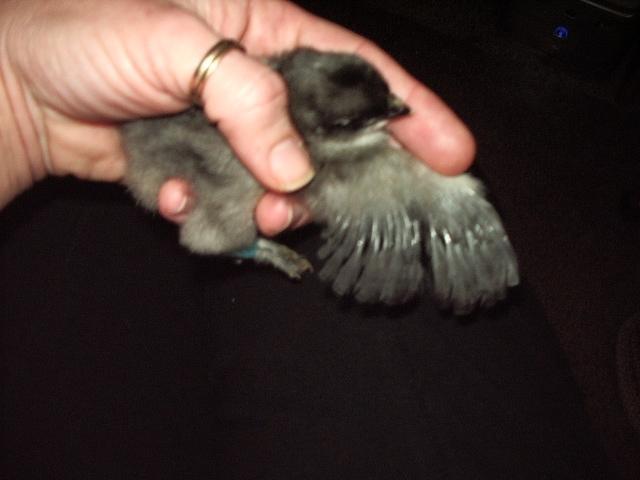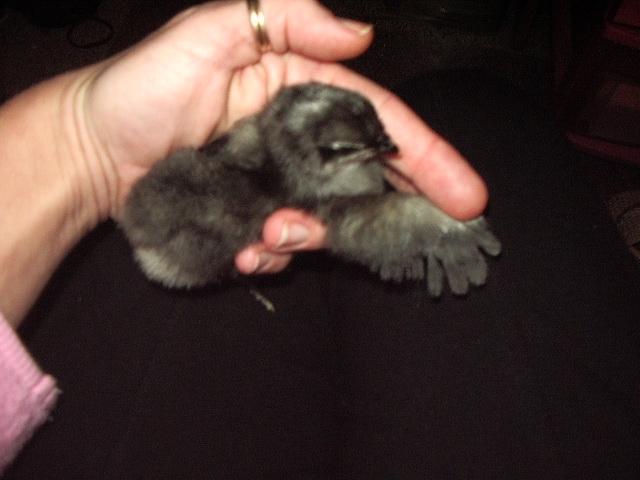Quote:
all three of mine had the same markings at hataching. you can try the wing sexing and see if that works. once they are dry take and gently pull out a wing if the feathers are the same length then its a roo if they are different lengths then its a hen. i have done this with my three and i am waiting to see how it turned out. on my 2 d'uccles it seems to have worked though with having thus far 2 chicks looking like pullets
The only Marans that can be sexed at hatch by markings are the Cuckoo variety of Marans.
Wheatens can be sexed by wing feather color at approx. the age of one week to 10 days.
Now having said that.....all chicks have certain sexable traits that are natural, such as the wing sexing that hdowden is referring to. Learning those traits can help determine the sex of the chicks at an early age. It helps to breed for these traits as well. I do. I can sex my Marans pretty darn accurately at the age of 3 days, but I wait and make the final call around 10 days.
In my Marans, the females at the age of 3 days will have longer secondary flight feathers than the males and the females wing feathers will look like they are all basically the same length. The cockerels will have short secondary flight feathers and the primaries will be long.
Also in my Marans, the females tail feathers will start to come in sooner than a males. I notice the tail feathers on the females at about 3 days of age. Sometimes I don't see tail feathers come in on males until approx. 10 days.
Again with the females, their shoulder feathers just at the base of the neck and the top of the shoulders will start to come in faster than the males. I usually see the shoulder feathers come in on the females between 7-10 days of age. Once the males reach around 10 days to 2 weeks their comb is a dead ringer.


Pullet (this photo also illustrates split wing)

Cockerel

all three of mine had the same markings at hataching. you can try the wing sexing and see if that works. once they are dry take and gently pull out a wing if the feathers are the same length then its a roo if they are different lengths then its a hen. i have done this with my three and i am waiting to see how it turned out. on my 2 d'uccles it seems to have worked though with having thus far 2 chicks looking like pullets
The only Marans that can be sexed at hatch by markings are the Cuckoo variety of Marans.
Wheatens can be sexed by wing feather color at approx. the age of one week to 10 days.
Now having said that.....all chicks have certain sexable traits that are natural, such as the wing sexing that hdowden is referring to. Learning those traits can help determine the sex of the chicks at an early age. It helps to breed for these traits as well. I do. I can sex my Marans pretty darn accurately at the age of 3 days, but I wait and make the final call around 10 days.
In my Marans, the females at the age of 3 days will have longer secondary flight feathers than the males and the females wing feathers will look like they are all basically the same length. The cockerels will have short secondary flight feathers and the primaries will be long.
Also in my Marans, the females tail feathers will start to come in sooner than a males. I notice the tail feathers on the females at about 3 days of age. Sometimes I don't see tail feathers come in on males until approx. 10 days.
Again with the females, their shoulder feathers just at the base of the neck and the top of the shoulders will start to come in faster than the males. I usually see the shoulder feathers come in on the females between 7-10 days of age. Once the males reach around 10 days to 2 weeks their comb is a dead ringer.


Pullet (this photo also illustrates split wing)

Cockerel

Last edited:



